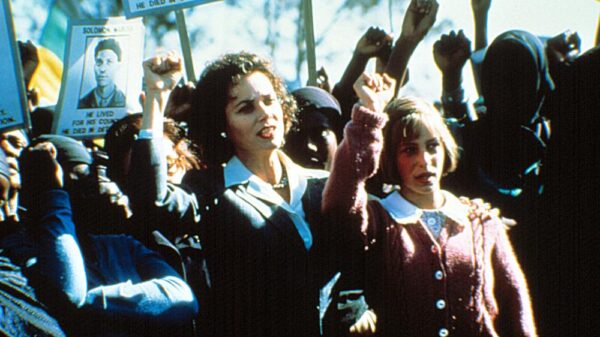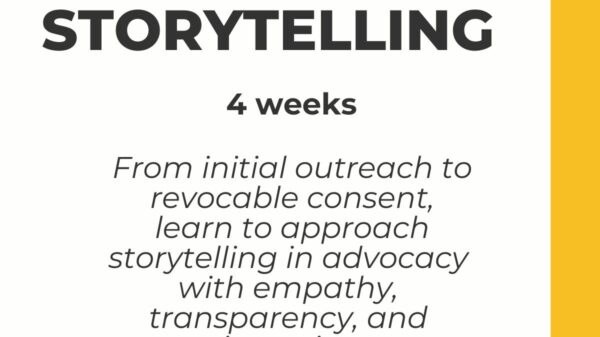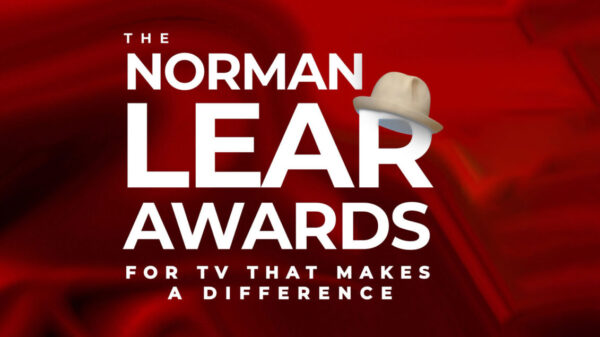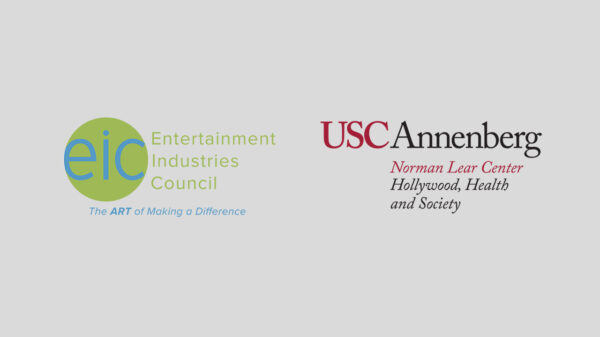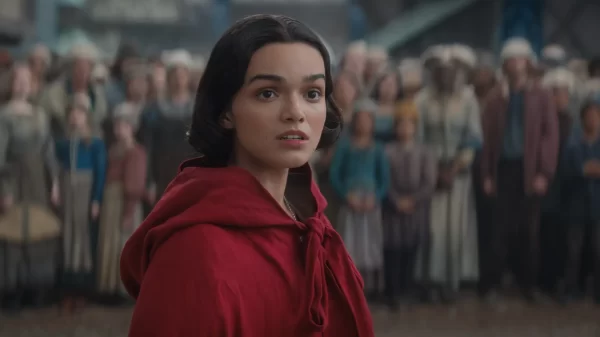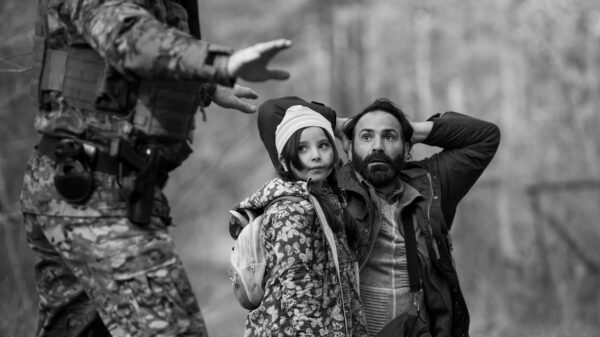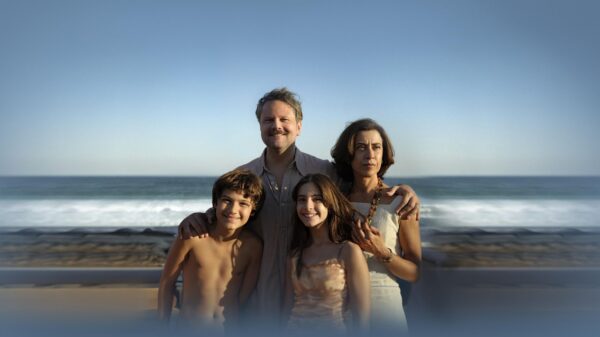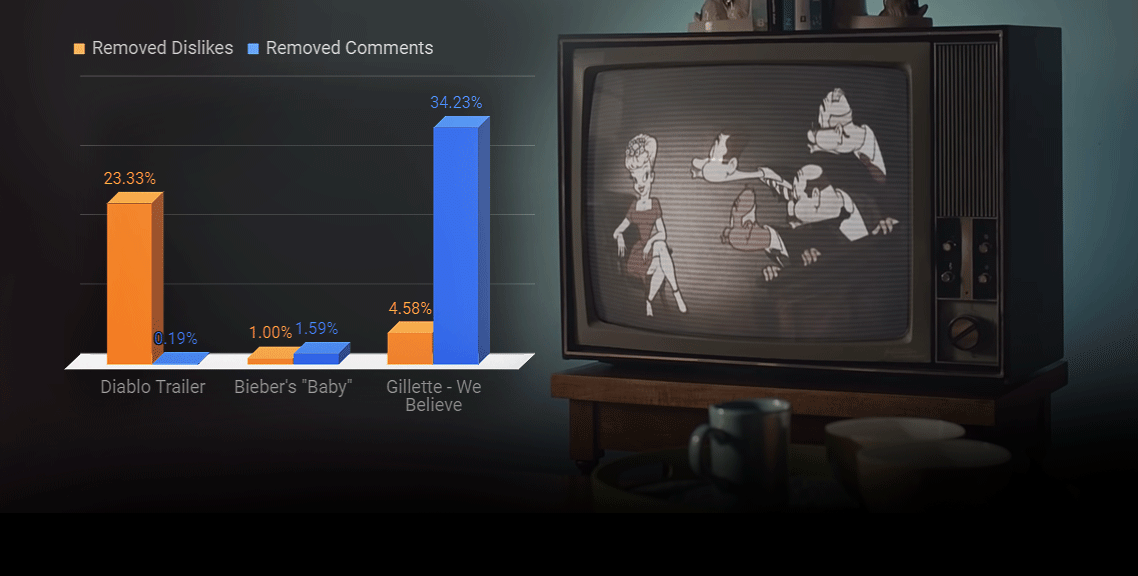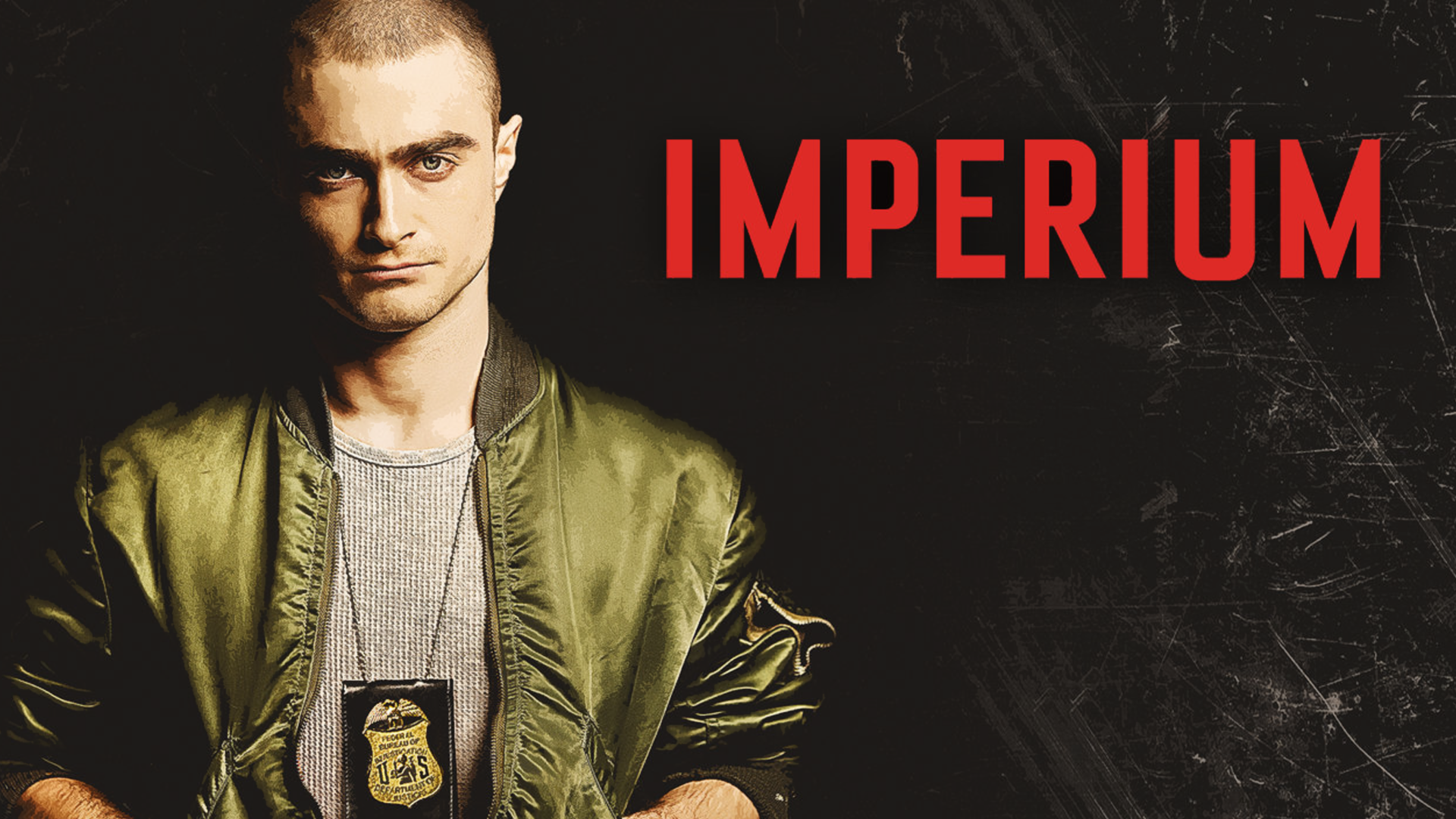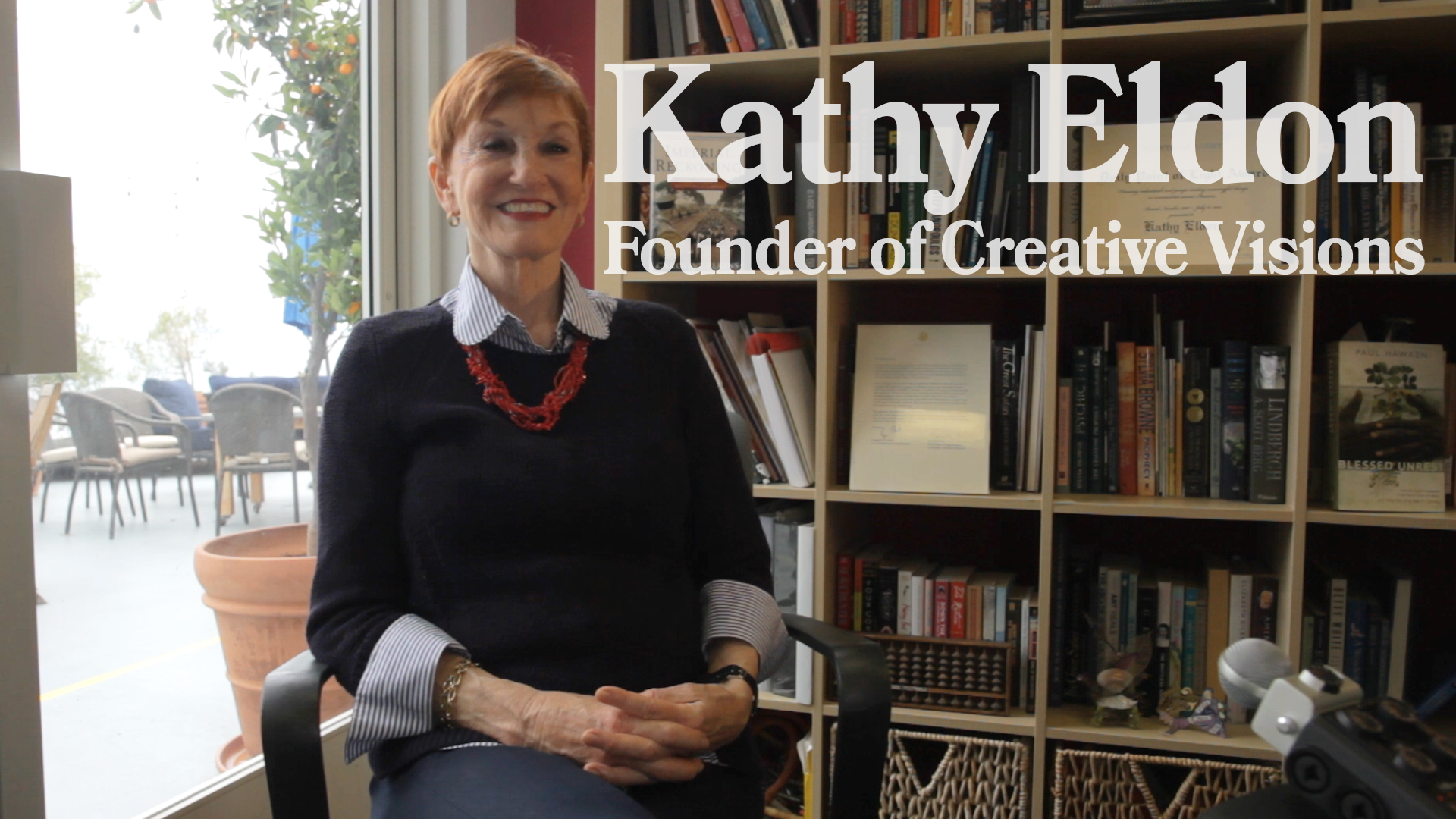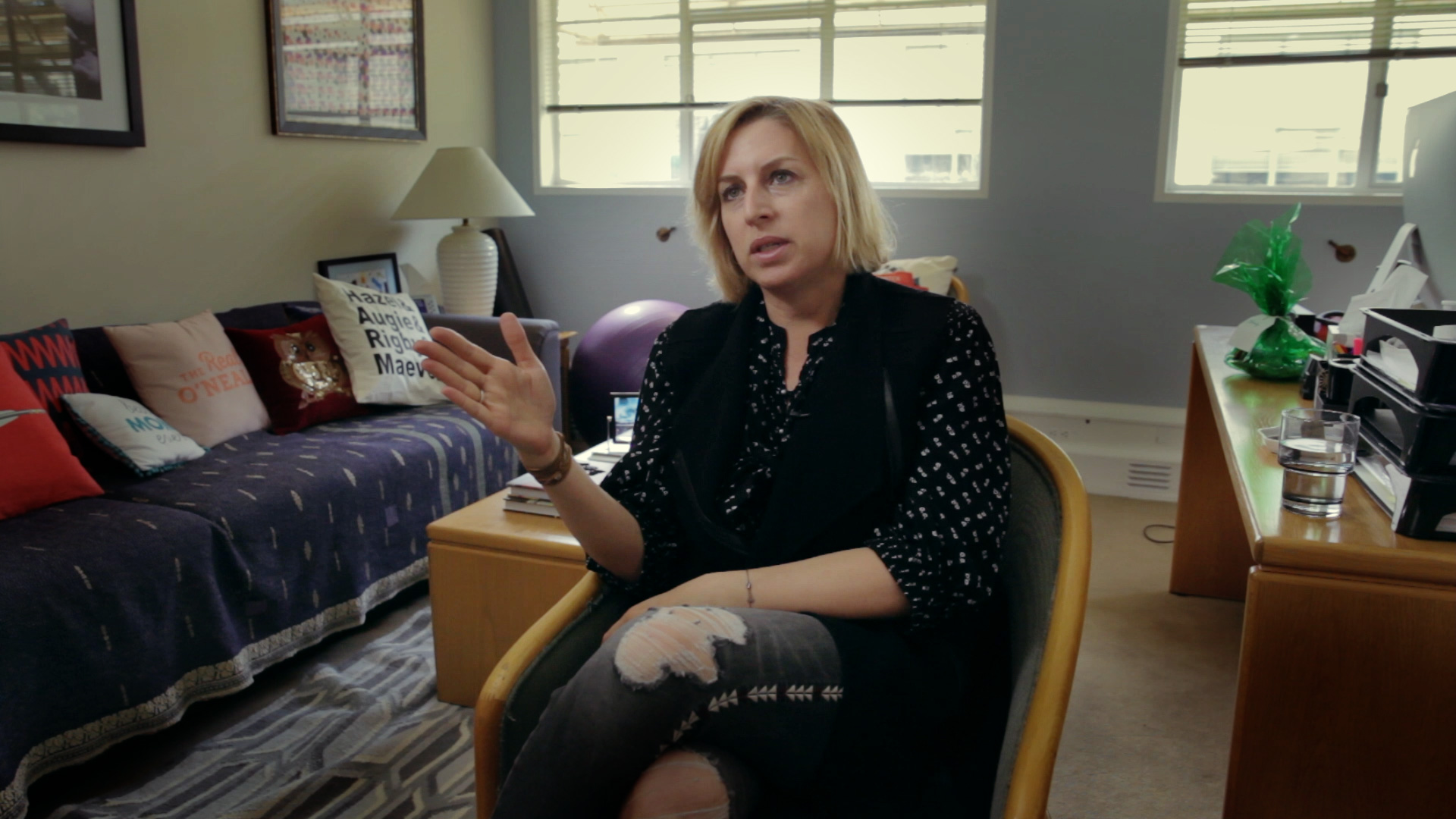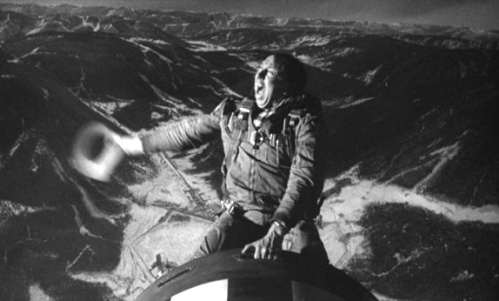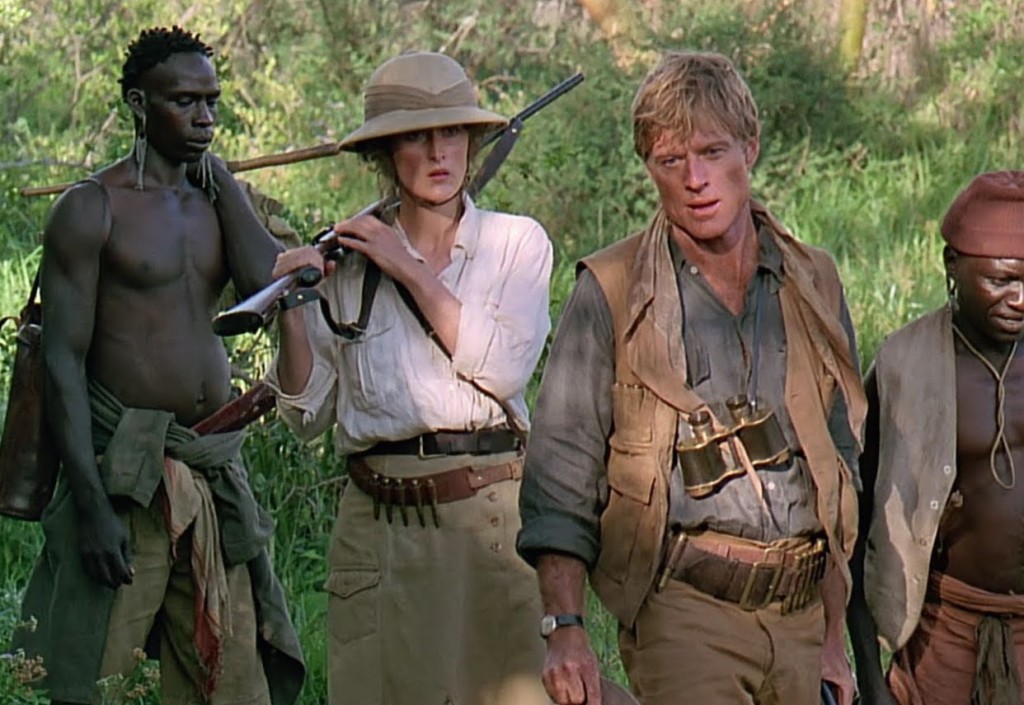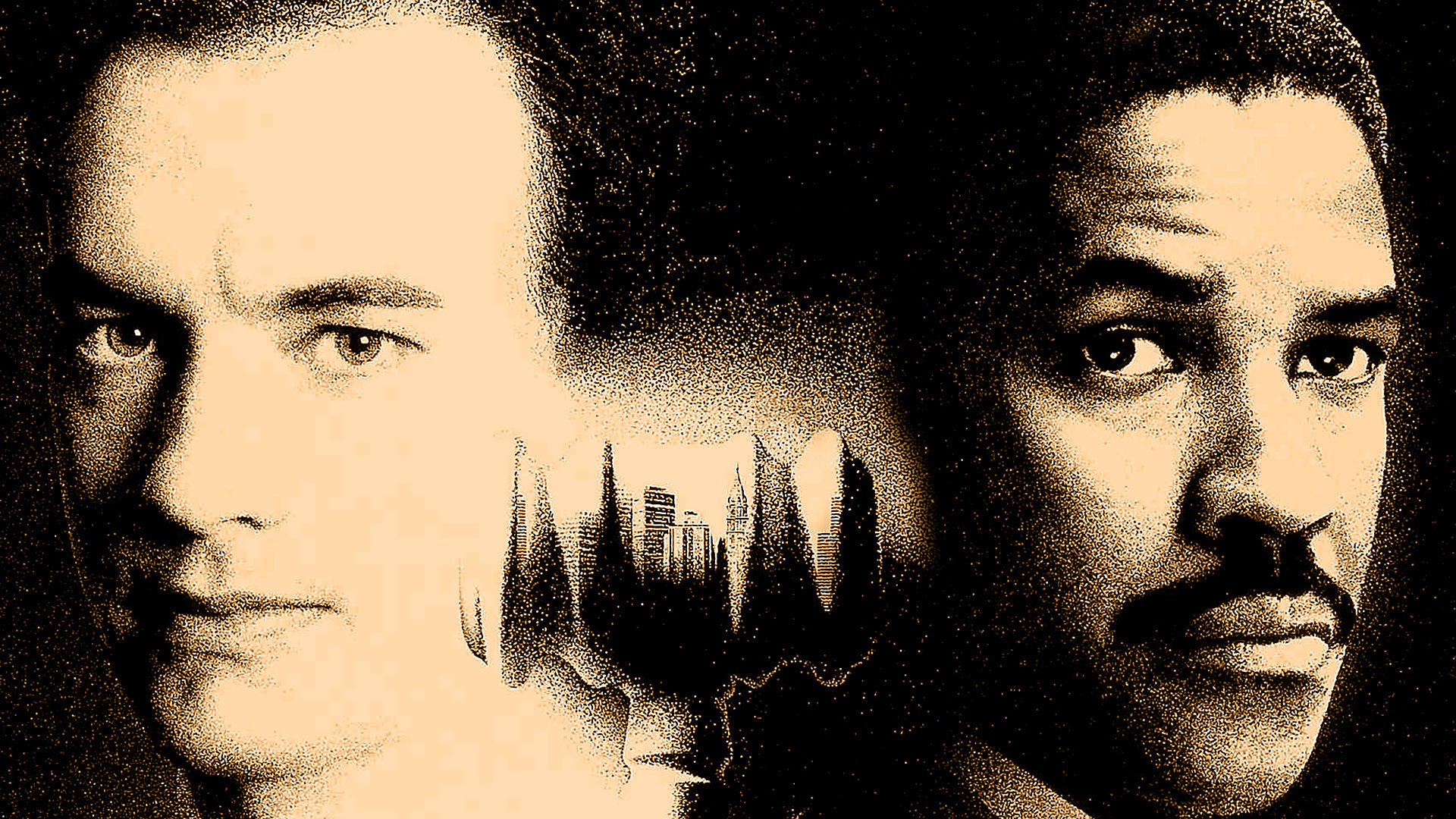In our search to understand what makes a masterpiece or blockbuster work, we concluded in our last article that these films work because they shine for the culture that which it is feeling so that people may come together and bask in its light. But what more can we understood about the feelings that these films evoke? How can we break this down further to the space in which art exists in the first place?
Whether it’s Interstellar, Dr. Strangelove, or Out of Africa, the primary role of art is to orient the world for us. Exploring a black hole, nuclear politics, or colonization, the role of art is to transport us mentally to produce new ideas or to be immerse us in new environments that expand our imagination of what’s possible.
While watching Interstellar, suddenly distant space travel isn’t as impossible as we first thought. New possibilities arise in thinking about the next generation of human evolution. Even though it happens only mentally, our species advances as a result.
A mirror is held up throughout Dr. Strangelove or: How I learned to Stop Worrying and Love the Bomb, satirizes the lunacy of atomic warfare and mutually assured destruction. “Gentleman. You can’t fight here. This is the war room.” President Merkin Muffley remarks.
Or in the case of Out of Africa, Meryl Streep comes to realize she’s no different than the white colonialists she despizes as Robert Redford guides and helps her articulate that she’s not really seeing the South Africans around her. In turn, helping us articulate an empirical ideal we as a society may have not seen before.
There are things we do every day that go unquestioned. What philosophers might call, part of the background. That which we do, but do not know we’re doing. The role of art then is to keep us self aware, it’s to defog ideology, worship, and fanaticism. Great art reminds us we are human and inspires the best in each and all of us.
Movies are our connection to the world, so films that connect us in the deepest, most innovative, and intelligent ways are the films that strike us as great art, to become masterpieces that work.
But ultimately, everything turns on the social component. Humans are social animals and great art gives us discourse and connection to one another. The background role of art is to bring society together whether it’s directed toward the masses or to forming counter-cultures.
Great art opens up the space for our own ability to discern the world and to make sense of it with others.
In our next article we’ll look at film-makers who take this more seriously than any others, asking through film, “What is the Good Life?”


